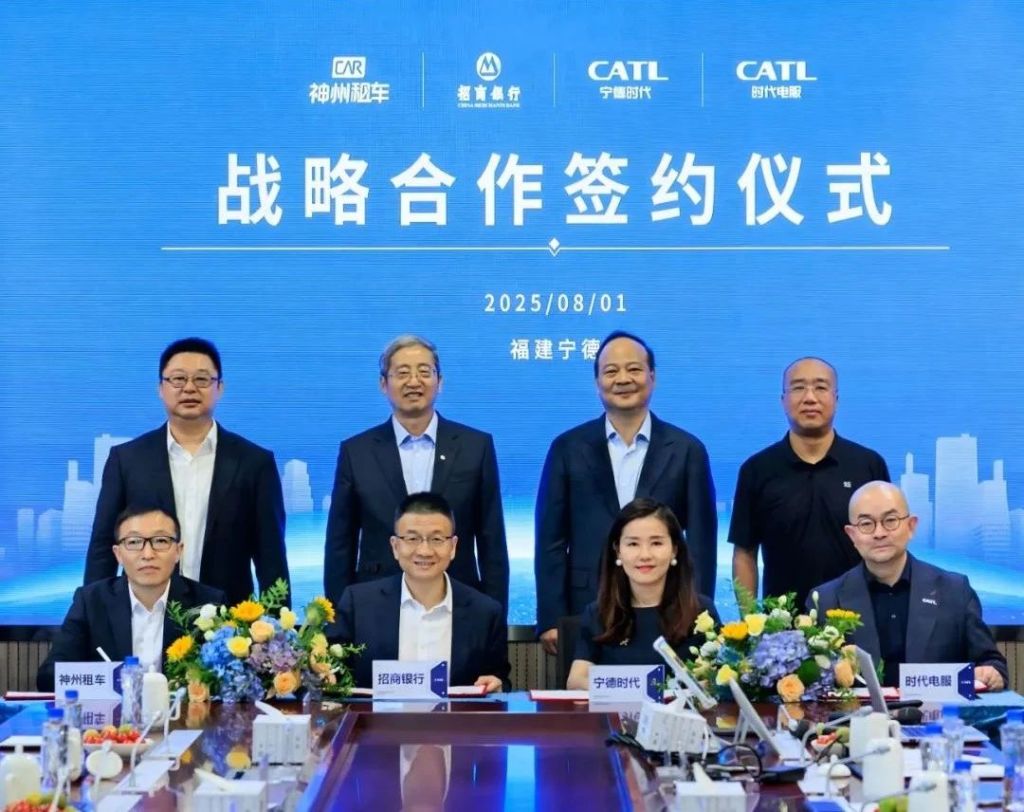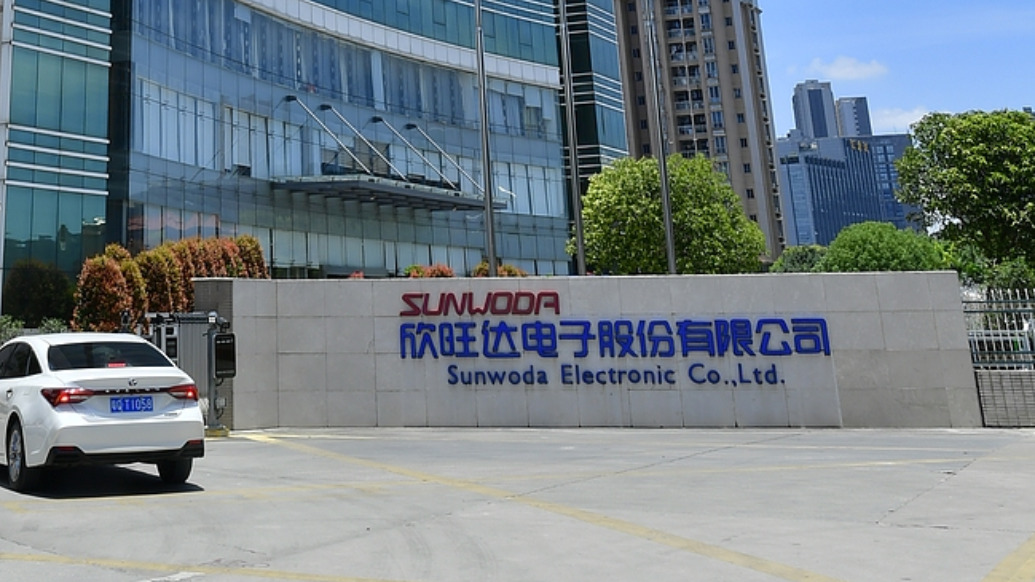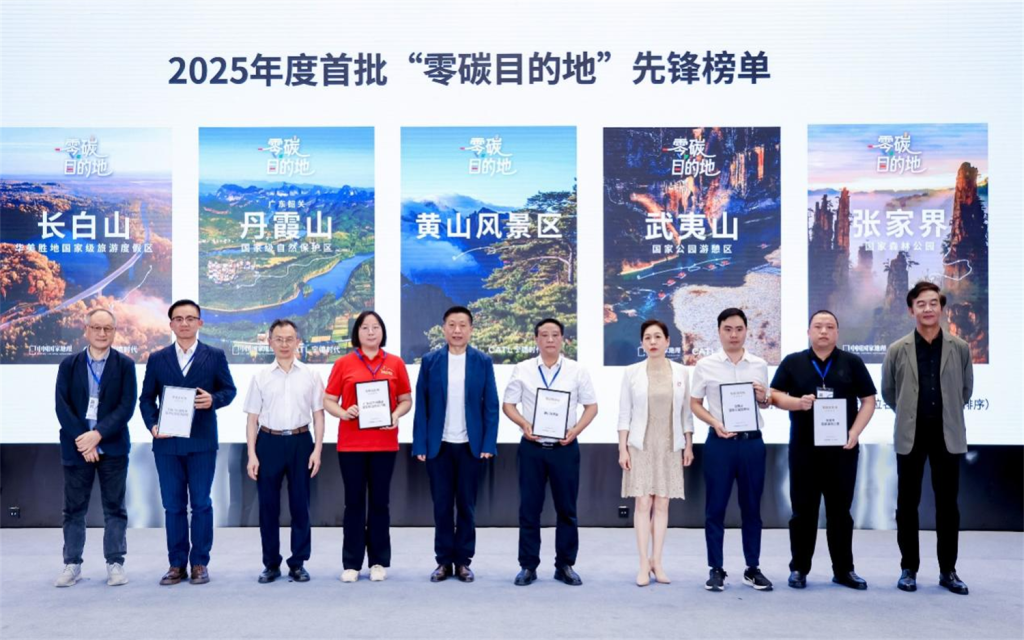
Can the asset-heavy, high-investment, and long-cycle battery swapping business for new energy vehicles (NEVs) succeed? After six months of aggressive expansion, CATL (300750.SZ/03750.HK) has made another move. This latest move demonstrates that despite being a power battery giant, CATL still needs to leverage multi-faceted collaboration, a key strategy in its penetration strategy for over six months.
On August 1st, Contemporary Amperex Technology Co., Ltd. (CATL) officially announced that it had signed a strategic cooperation agreement with its subsidiaries, Times Electric Services, CAR Inc., and CMB Financial Leasing, in Ningde City. Zeng Yuqun, Chairman of CATL; Han Wei, Co-President of CATL's Market System; Yu Hongfei, Chairman of CAR Inc.; and Wang Liang, President of China Merchants Bank (CMB), were present at the signing ceremony.
CATL said that through the in-depth coordination of energy supply, asset operation, financial support and vehicle services, it has pioneered the introduction of the battery swap model into the car rental industry on a large scale.
According to the agreement, China Auto Rental will fully introduce CATL's Chocolate battery-swap models, covering multiple levels of models such as economy, comfort, and business, adapting to the mainstream A0 to B market. This year, it will launch a pilot program and gradually operate more than 100,000 battery-swap vehicles.

According to reports, these models will be equipped with Ningde Times Chocolate 20# and 25# standardized battery swap blocks, with a range of 400-600 kilometers, supporting flexible energy replenishment to meet the diversified needs of long-term and short-term rentals, corporate vehicles and online car-hailing.
Specifically, for ride-hailing, CAR will scale up its Chocolate battery-swap model, focusing on first-tier and emerging first-tier cities. TIMES will collaborate with CAR to build a battery health monitoring platform to ensure real-time battery safety and endurance stability.
The resources provided by CAR will also include infrastructure. CATL said it will leverage CAR's network of over 2,000 offline locations and parking lots nationwide to jointly build a battery swap network covering key transportation hubs, enabling efficient "return and swap" services for rental customers.
Battery swap stations will prioritize the use of green photovoltaic power and participate in grid peak and frequency regulation, supporting the development of a new power system. Furthermore, on a digital level, the China Auto Rental app will integrate battery swap station navigation and settlement functions, creating a closed-loop service for the entire "rental, battery swap, return" process.
According to disclosed information, CMB Financial Leasing and Times Electric Services will provide competitively priced battery leasing solutions for CAR Inc.'s self-owned vehicles. CATL and other four parties will also establish a dedicated working group to collaborate with automakers to optimize costs in vehicle procurement, finance and insurance, and used vehicle management, ultimately enhancing product competitiveness throughout the entire lifecycle.
In 2021, CATL established a wholly-owned subsidiary, Times Electric Services, to focus on the battery swap business. After nearly three years of trial, CATL has invested heavily in the battery swap business. On December 18, 2024, CATL held the Chocolate Battery Swap Ecosystem Conference. Zeng Yuqun announced the launch of a new generation of chocolate battery swap solutions and the launch of the "Chocolate Battery Swap Ecosystem." "We are willing to provide the highest quality batteries, provide better resources, and build a good new infrastructure for the station network."
Zeng Yuqun said at the time, "Battery swapping is an asset-heavy, high-investment, long-cycle industry involving many stakeholders and a complex supply chain." He predicted that by 2030, battery swapping, home charging, and public charging stations would divide the market into three parts. Zeng Yuqun also stated, "All of CATL's future battery technologies will be applied to chocolate battery swap models."
Regarding the construction of the battery swap network, CATL has previously announced a clear timetable: by 2025, 1,000 Chocolate Battery Swap Stations will be built, and the company will also enter Hong Kong and Macau; the mid-term goal is 10,000 stations, and the ultimate goal is 30,000 to 40,000 stations.
Since the beginning of this year, CATL's battery swapping deployment has significantly accelerated. In March, CATL and NIO, another major player in the domestic battery swapping market, announced a joint effort to build the world's largest battery swapping network and promote the unification of industry technical standards. In April, CATL announced the signing of a cooperation framework agreement with traditional energy giant Sinopec. The two parties will comprehensively deepen their long-term strategic partnership and jointly build a nationwide battery swapping ecosystem. This year, they will build no fewer than 500 battery swapping stations, with a long-term goal of expanding to 10,000.
Subsequently, CATL made another major announcement, signing a strategic cooperation agreement with the Highway Research Institute of the Ministry of Transport. Both parties agreed to establish a strategic partnership and carry out in-depth cooperation in battery swapping technology research and development, policy reserve research, standard system construction and scenario-based applications.
In addition, at the Shanghai Auto Show in April of this year, CATL jointly launched 10 new "Chocolate" battery-swap models with five major automakers: FAW, Changan, BAIC, Chery, and GAC. CATL also signed a comprehensive strategic cooperation agreement with GAC Group. As the first automaker to enter into a full ecosystem partnership with "Chocolate," GAC will introduce the "Chocolate" standard to more of its models and collaborate with CATL in multiple areas, including battery swap station construction, battery bank services, marketing and promotion of battery-swap models, and the cascade utilization of retired batteries.
In addition to passenger cars, CATL is also actively developing battery swapping for heavy trucks. In May of this year, the company announced in Datong, Shanxi, its 2025 goal is to build 300 battery swapping stations in 13 core regions, including the Beijing-Tianjin-Hebei region, the Yangtze River Delta, and the Greater Bay Area. These stations will connect 11 major routes, including the Cangyu Line, the Beijing-Shanghai Line (G2), the Shanghai-Guangzhou Line, and the Shanghai-Chengdu Line. By 2030, a nationwide battery swapping network with "eight horizontal and ten vertical" lines will be established, encompassing 16 major urban agglomerations and covering 80% of trunk line capacity along 150,000 kilometers of expressways and national and provincial highways.
In the minutes of its 2025 first-half earnings call released on July 31st, CATL stated that as of the end of July, it had built over 400 battery swap stations for passenger cars, on track to reach its annual target of 1,000 stations. Approximately 100 heavy-duty truck battery swap stations had been built, with an annual target of approximately 300. Furthermore, the company and its automotive customers jointly released over 20 new "Chocolate" battery swap models and is collaborating with upstream and downstream companies such as Sinopec, NIO, and Didi to accelerate the development of a battery swap ecosystem.


